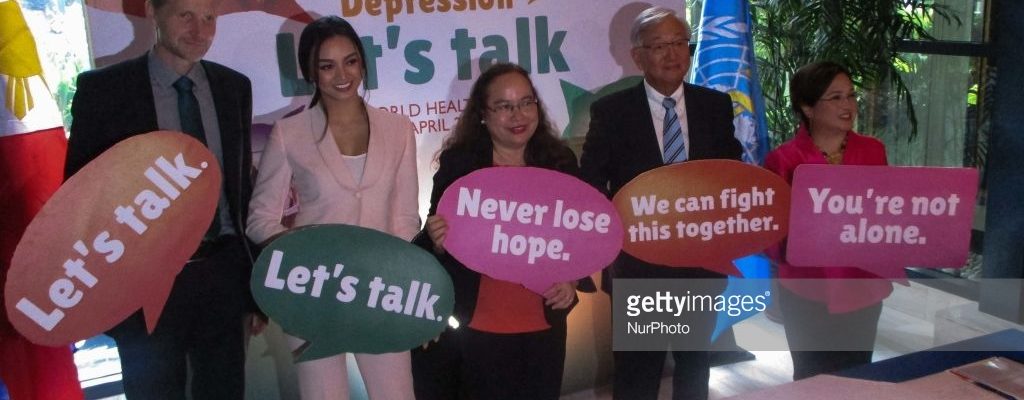“You don’t want to go up there and see your friend like that. It’s not pretty. You don’t need that in your head. I’m used to it unfortunately . . . We’re going to book the gun.” – Officer S_____, LAPD.[1]
My cell phone rang at about 9:30 p.m. the other night, the night that I will now remember as the night that my friend had taken his life. I had met this friend through my best man several years back. He got wind of the news first and called. I didn’t know what to do so I went and met him at our friend’s apartment where another friend was waiting. When I got there the police had already cordoned it off. Our friend had pulled the trigger about a half hour earlier. We spent a little over an hour there asking the policemen what, if anything, they needed from us. Actually, that part took about a minute. The rest of the time we paced back and forth on the sidewalk mostly. I’m thankful that the officer stopped us from going upstairs. He was right. This was bad enough without having that image stamped in our brains for eternity.
The CDC keeps statistics. 33,594 persons were killed by a firearm in 2014. The vast majority were either suicides or homicides. 63.7% of those killed by a firearm were by suicide, and 32.8% by homicide. [2] I don’t know why I looked those numbers up the day after I found out that my friend had taken his life. I guess it was just part of my way of trying to process things. I knew that he had mental health issues. He had been battling them for his entire adult life. Nonetheless, he was a professional with his own practice and had a nice group of friends. A group of us had just been together about ten days prior to watch the Kovalev/Ward boxing card.
So why am I writing this? I guess it’s cathartic to write about all of this in some sense. What I think about now is how smart my friend was and how much he cared for his friends. I can’t makes sense of the fact that I’m not going to see him again. He didn’t grow old, get sick, and pass away peacefully. He’ll always be young when those of us who knew him think about him, like a celebrity who goes too soon.
When tragedies strike, there always seems to be a rush for people to make things about themselves. They don’t seem to understand or don’t care to understand how inappropriate it is to trivialize a life that way. Do me a quick favor, go back to the third paragraph and read that first statistic. Now I want you to think about this: Every single one of those persons was a human being. A human being who may have grieving parents, siblings, significant others, children, entire families, and friends left behind. I count myself lucky to have known my friend for the last several years but my heart aches even more thinking about his family and those who were his inner circle dating back to childhood. The collective hurt is more than words can describe.
When I think back on that night, I am numb. But again, I am grateful for the police officer who talked to us, consoled us, and helped us to make a good decision to stay on the sidewalk. However, I am also sad for the officer because seeing gruesome death and talking to victims’ loved ones is something he is used to. You could see it in his face. He has seen enough to know that statistics about death are about something more than mere numbers.
Forgive this disjointed article but I can’t think of a way to synthesize my thoughts. Rather than try, I’ll leave you with this. My friend left behind a message and it ended with the following words: “Enjoy your lives, because I couldn’t. I will live on through you.” Please, remember to enjoy your lives and to cherish the people you love.
[1] I will not be using any names in this piece.
[2] https://www.cdc.gov/nchs/data/nvsr/nvsr65/nvsr65_04.pdf



















